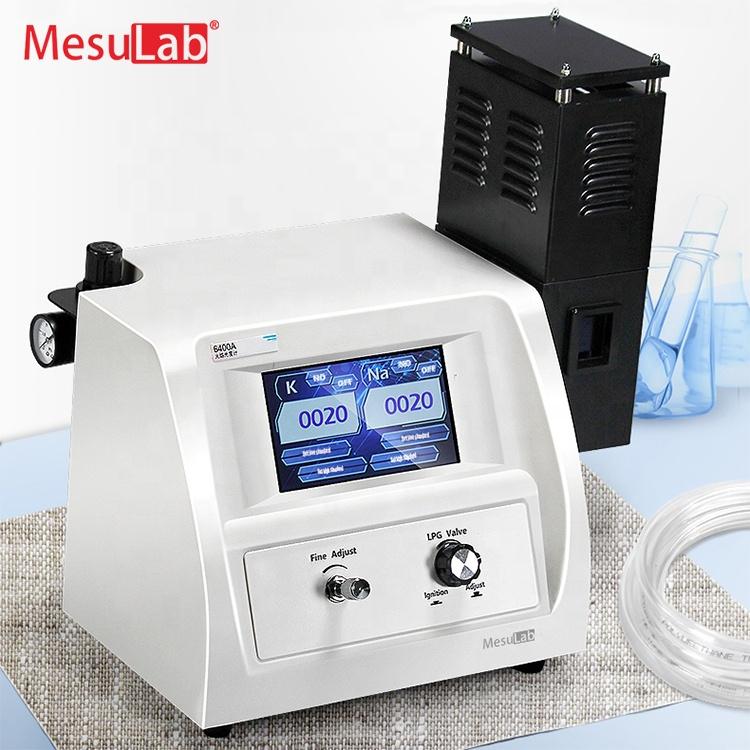
Flame analysis of plastics
The analysis of plastics - macromolecules with a complex structure - is an activity performed only in specialized laboratories. However, at home, the most popular synthetic materials can be distinguished. Thanks to this, we can determine which material we are dealing with (different materials require, for example, different types of glue for joining, and the conditions for their use are also different).
For experiments, a fire source (it can even be a candle) and tongs or tweezers to hold the samples are enough.
However, let's take the necessary precautions.:
– we carry out the experiment away from flammable objects;
- we use small-sized samples (with an area of \u1b\uXNUMXbno more than XNUMX cm2);
– the sample is held in tweezers;
- in an unforeseen situation, a wet rag will come in handy to extinguish the fire.
When identifying, pay attention to material flammability (whether it ignites easily and burns when removed from the fire), the color of the flame, the smell and the type of residue after combustion. The behavior of the sample during identification and its appearance after firing may differ from the description depending on the additives used (fillers, dyes, reinforcing fibers, etc.).
For experiments, we will use the materials found in our environment: pieces of foil, bottles and packages, tubes, etc. On some items, we can find markings on the materials used in production. Place the sample in the tweezers and place it in the flame of the burner:
1. Rubber (e.g. inner tube): highly flammable and does not go out when removed from the burner. The flame is dark yellow and highly smoky. We smell burning rubber. The residue after combustion is a molten sticky mass. (photo 1)
2. celluloid (e.g. ping-pong ball): highly flammable and will not go out when removed from the burner. The material burns strongly with a bright yellow flame. After burning, there is practically no residue left. (photo 2)
3. PS polystyrene (e.g. yogurt cup): lights up after a while and does not go out when removed from the burner. The flame is yellow-orange, black smoke comes out of it, and the material softens and melts. The smell is quite pleasant. (photo 3)
4. Polyethylene PE i polypropylene PP (e.g. foil bag): highly flammable and does not go out when removed from the burner. The flame is yellow with a blue halo, the material melts and flows down. The smell of burnt paraffin. (photo 4)
5. Polyvinyl chloride PVC (e.g. pipe): ignites with difficulty and often goes out when removed from the burner. The flame is yellow with a green halo, some smoke is emitted and the material is noticeably softer. Burning PVC has a pungent odor (hydrogen chloride). (photo 5)
6. Polymethyl methacrylate PMMA (for example, a piece of "organic glass"): lights up after a while and does not go out when removed from the burner. The flame is yellow with a blue halo; when burning, the material softens. There is a floral scent. (photo 6)
7. Poly(ethyl terephthalate) PET (soda bottle): lights up after a while and often goes out when removed from the burner. The flame is yellow, slightly smoky. You may smell a strong odor. (photo 7)
8. PA polyamide (e.g. fishing line): lights up after a while and sometimes goes out when removed from the flame. The flame is light blue with a yellow tip. The material melts and drips. The smell is like burnt hair. (photo 8)
9. Poliveglan PC (e.g. CD): lights up after a while and sometimes goes out when removed from the flame. It burns with a bright flame, smokes. The smell is characteristic. (photo 9)
See it on video:
Flame analysis of plastics